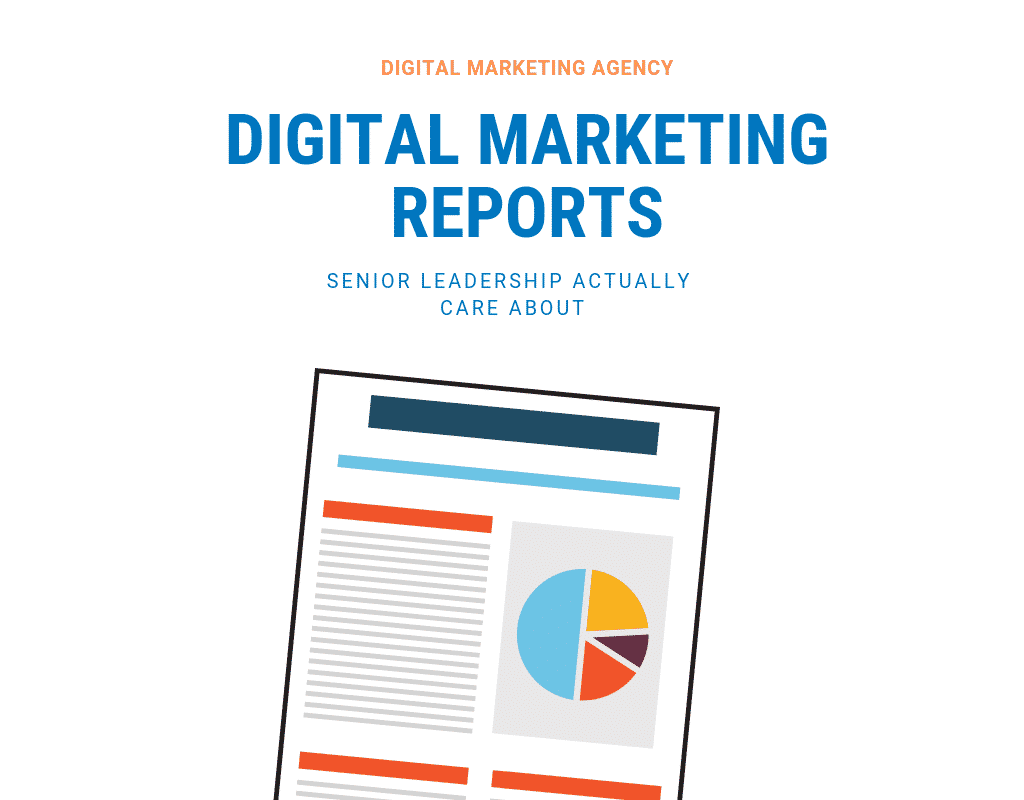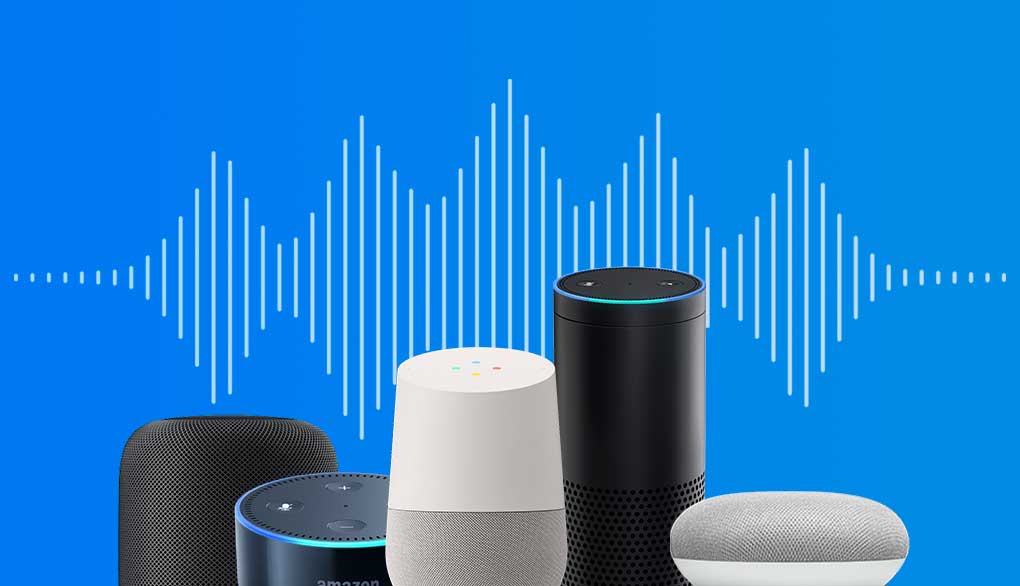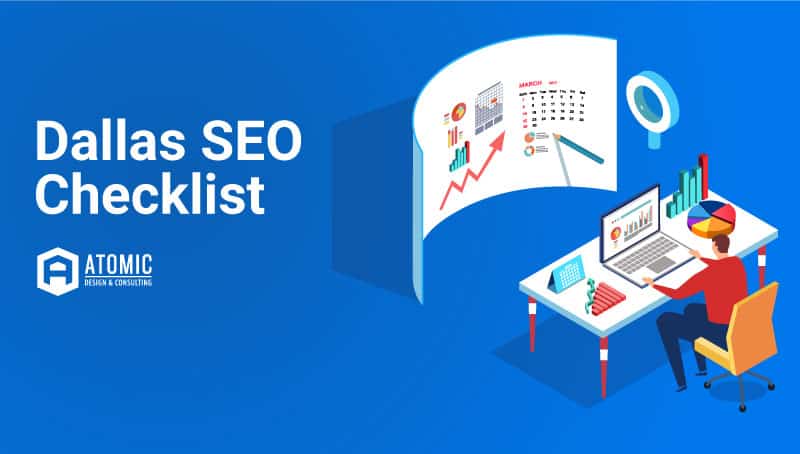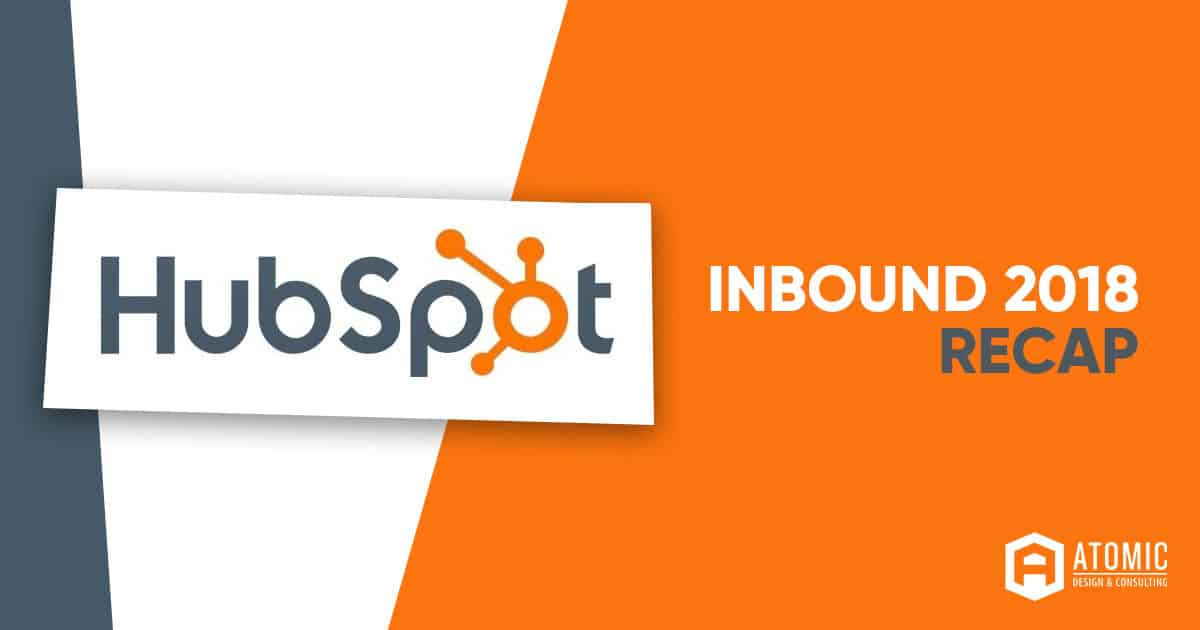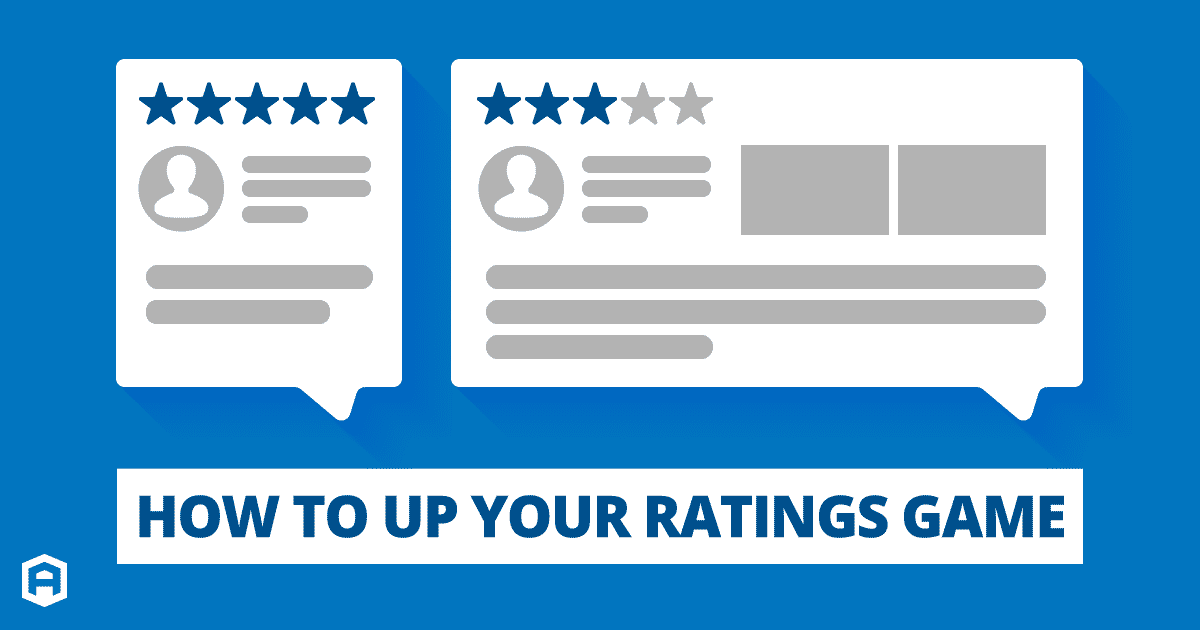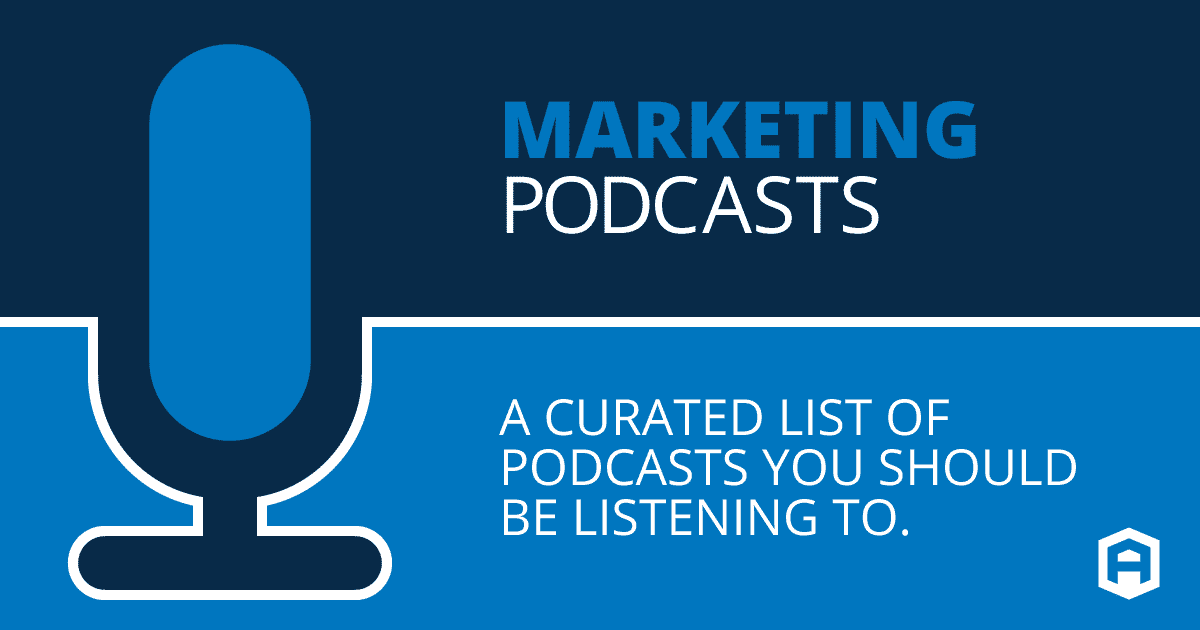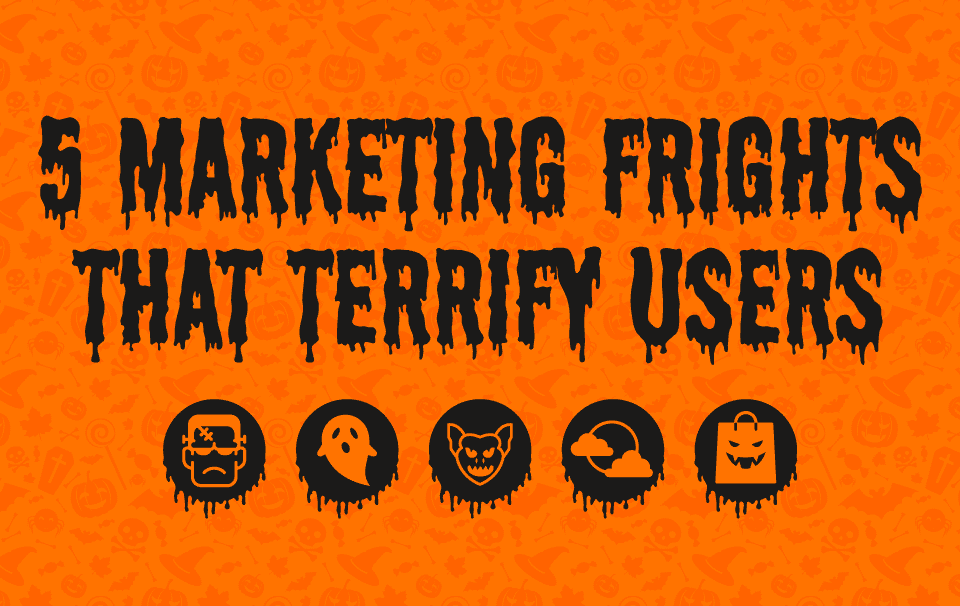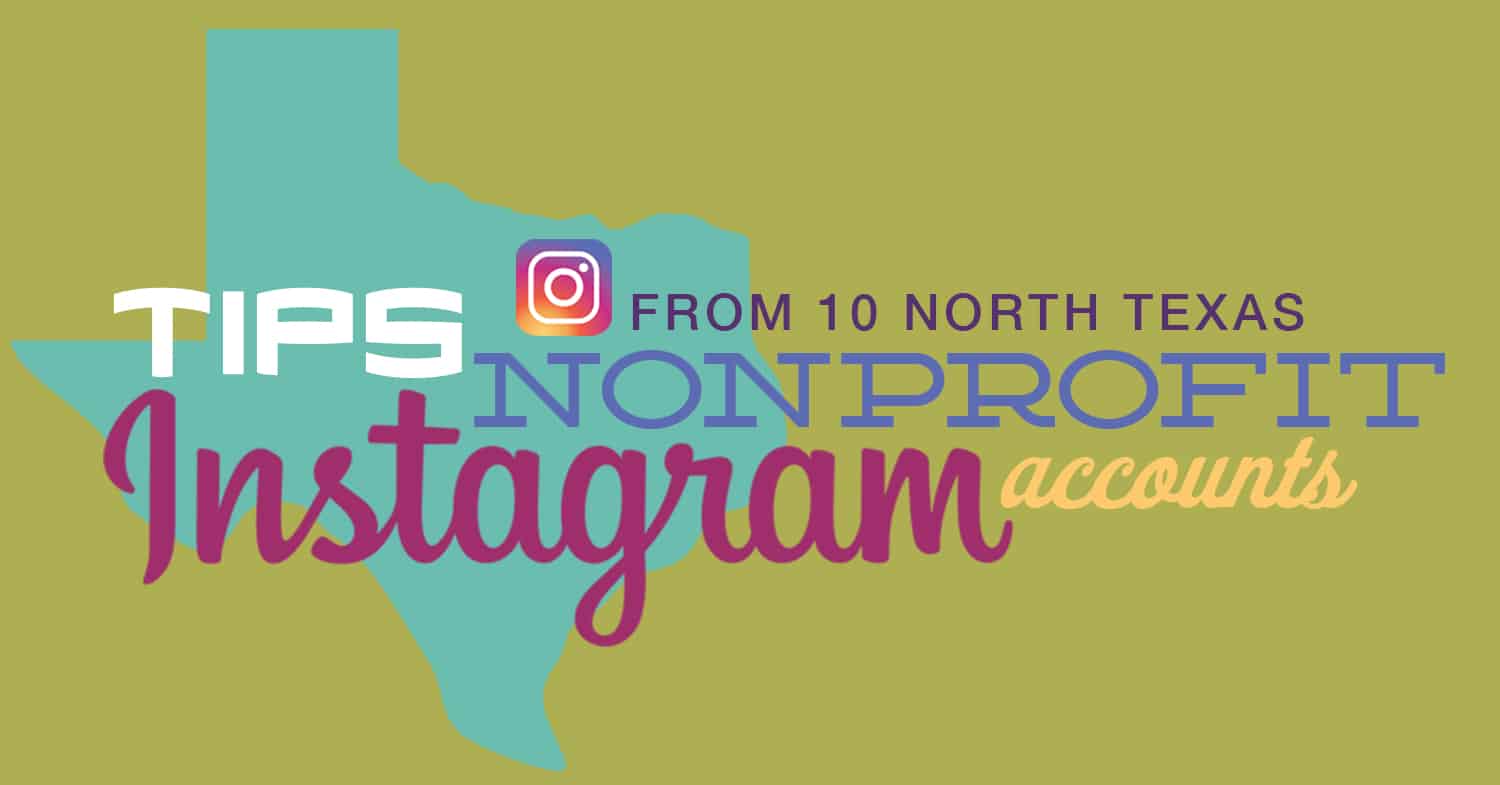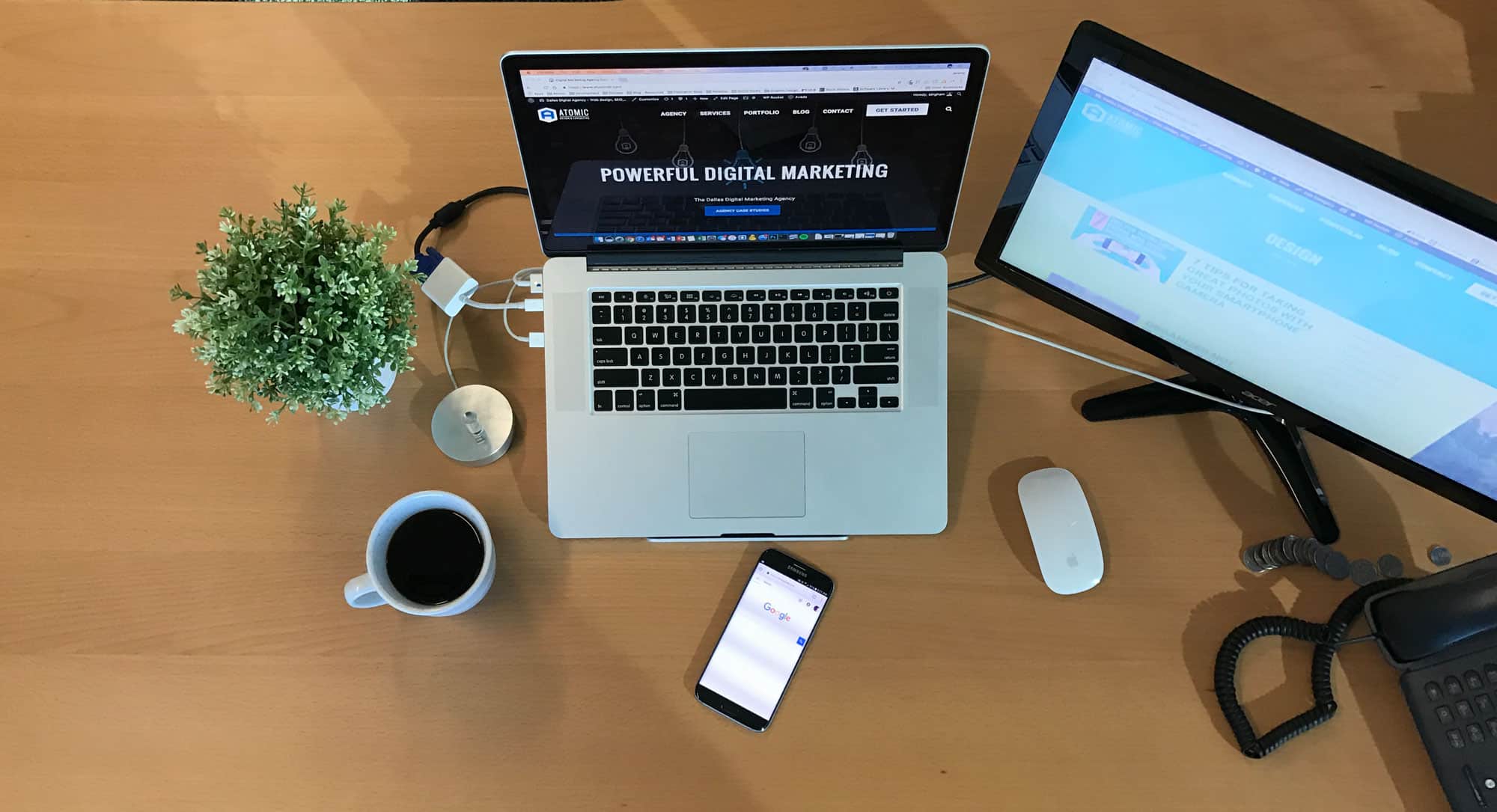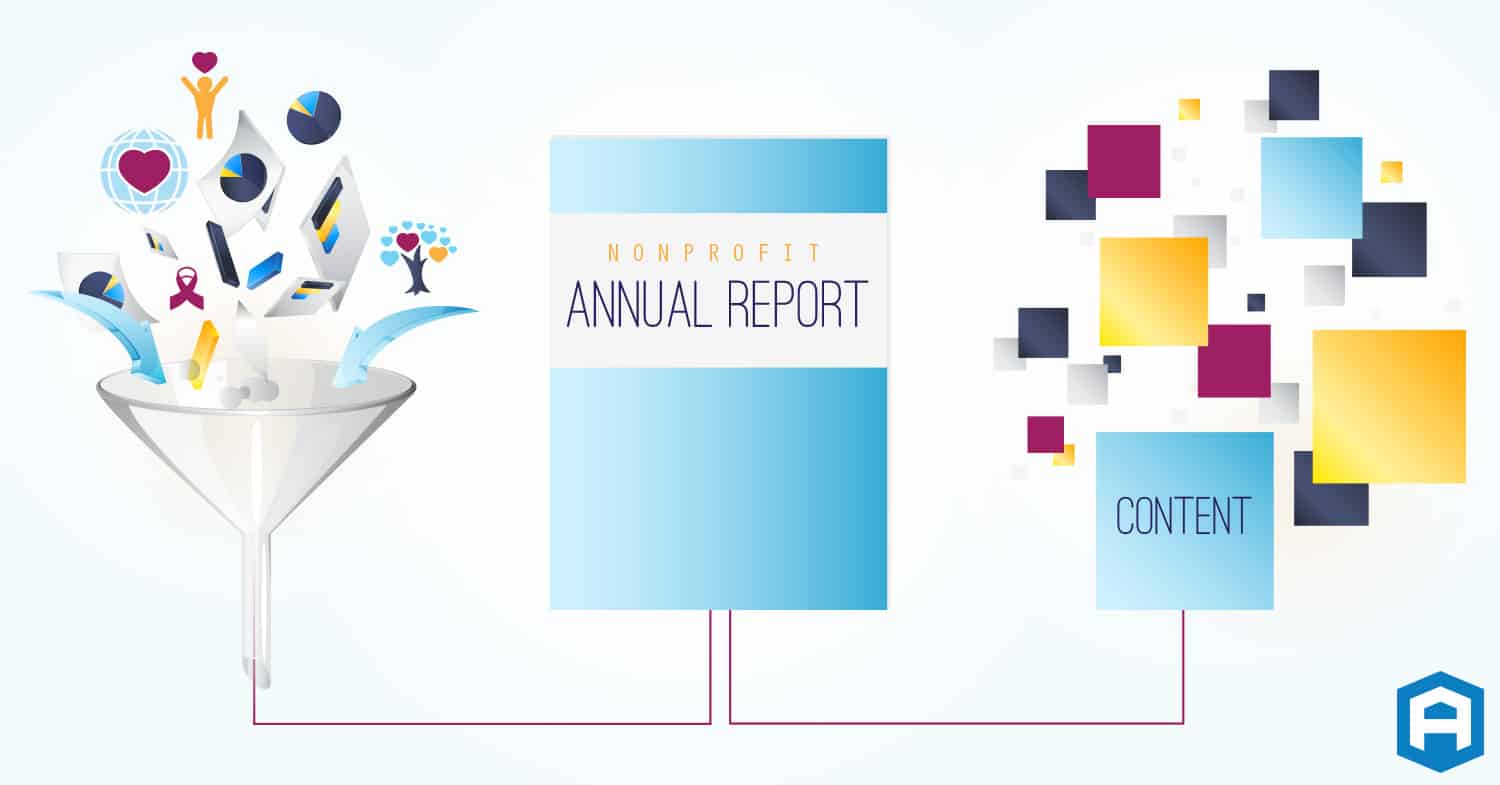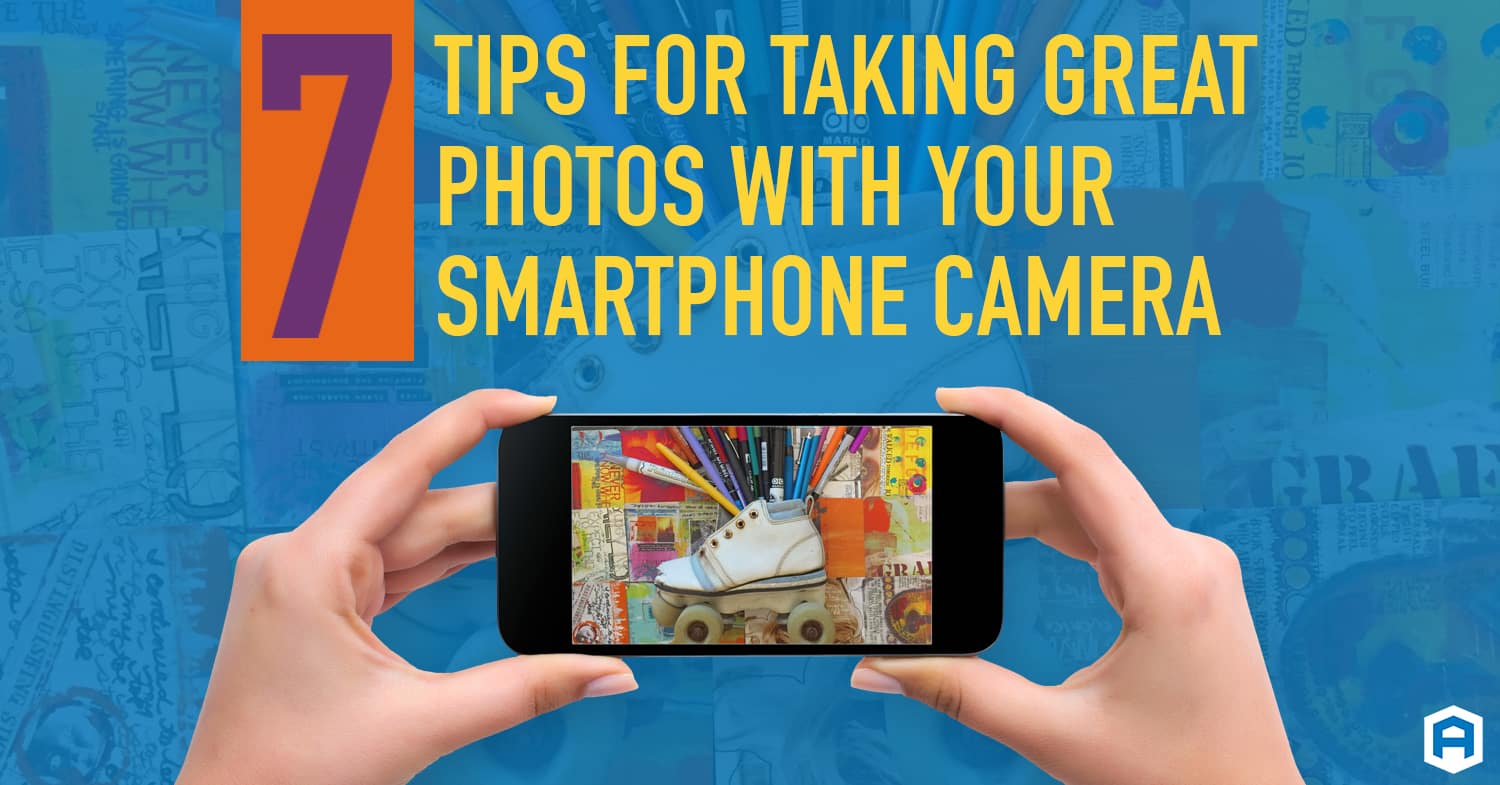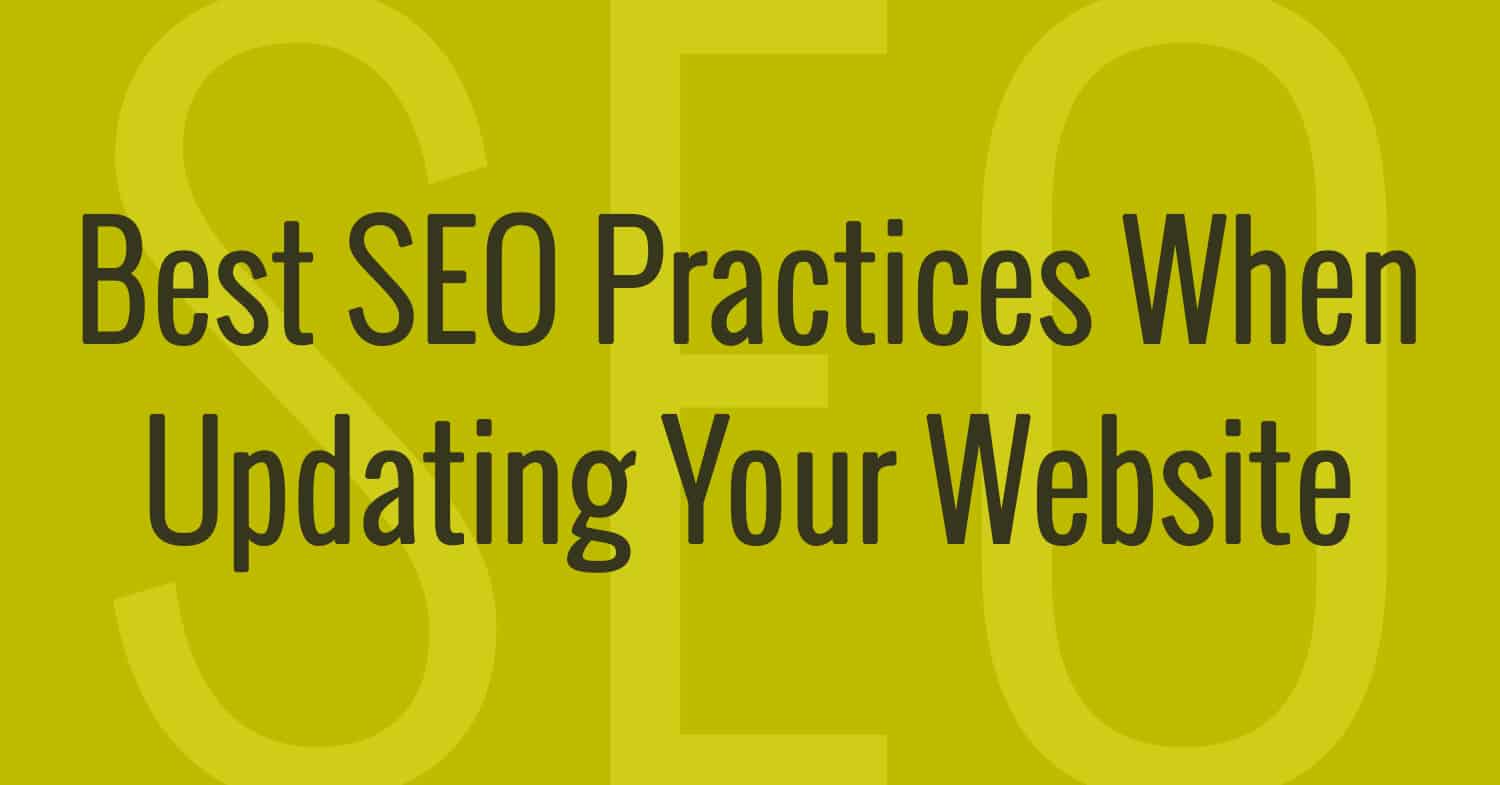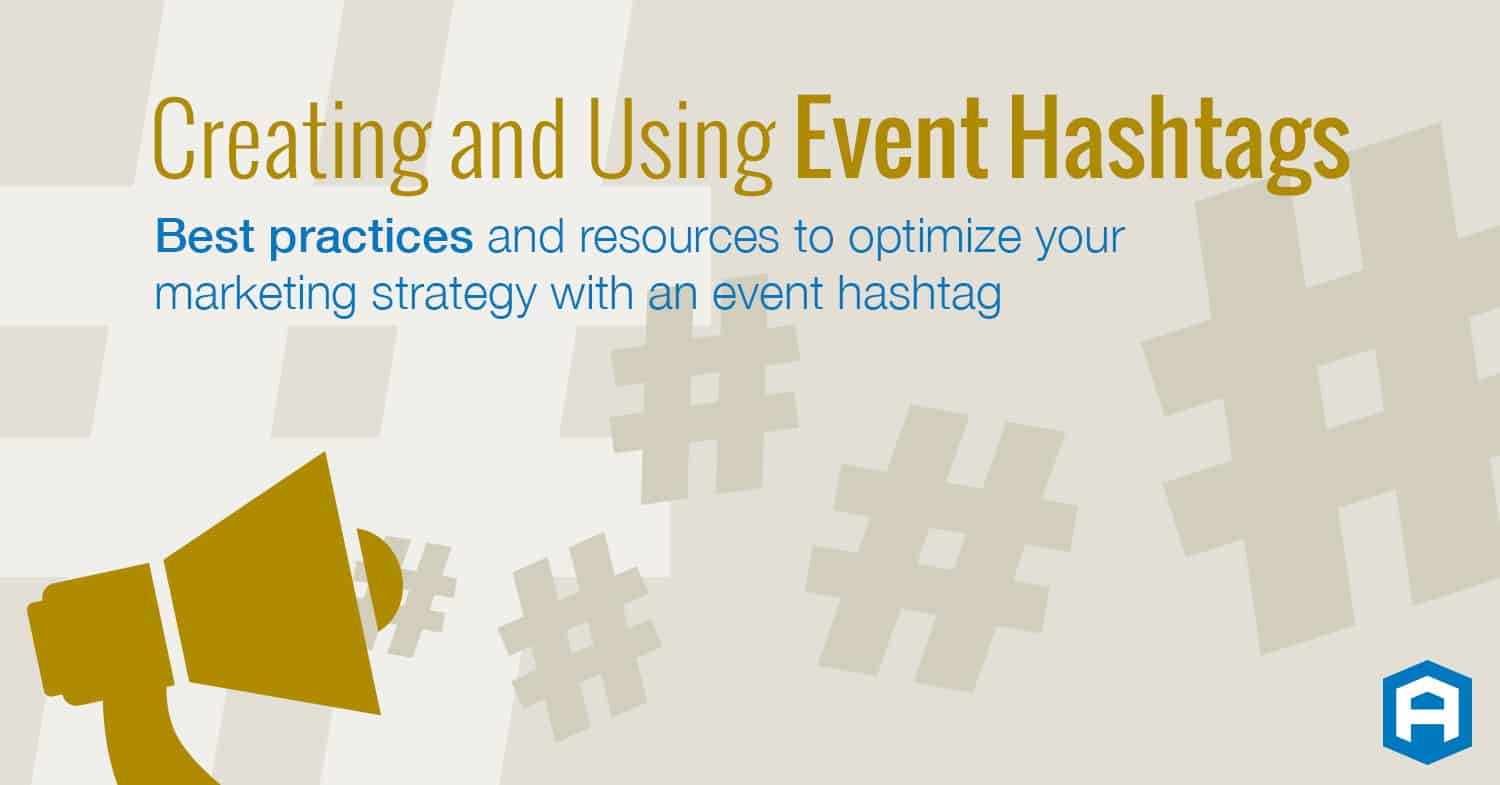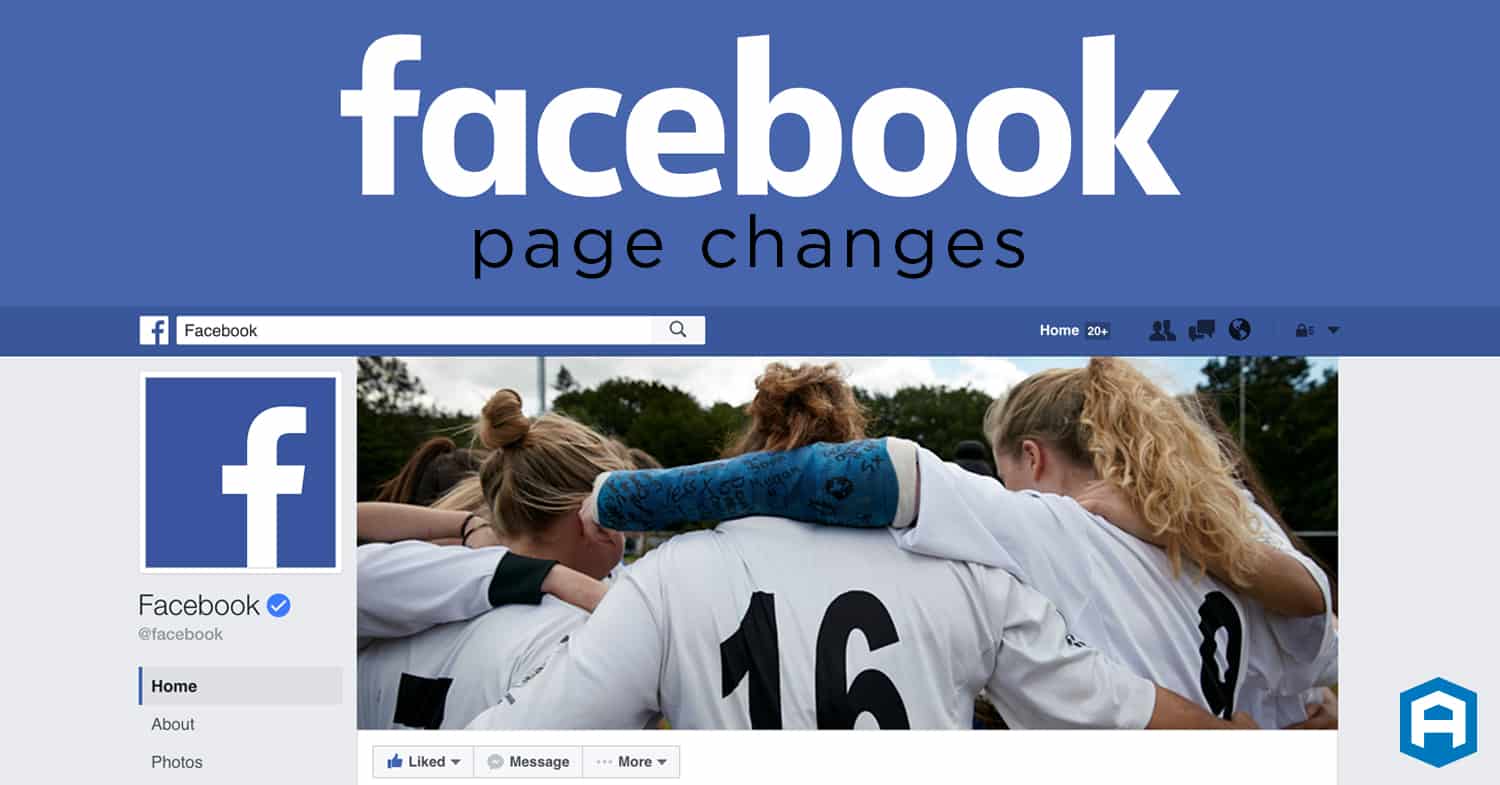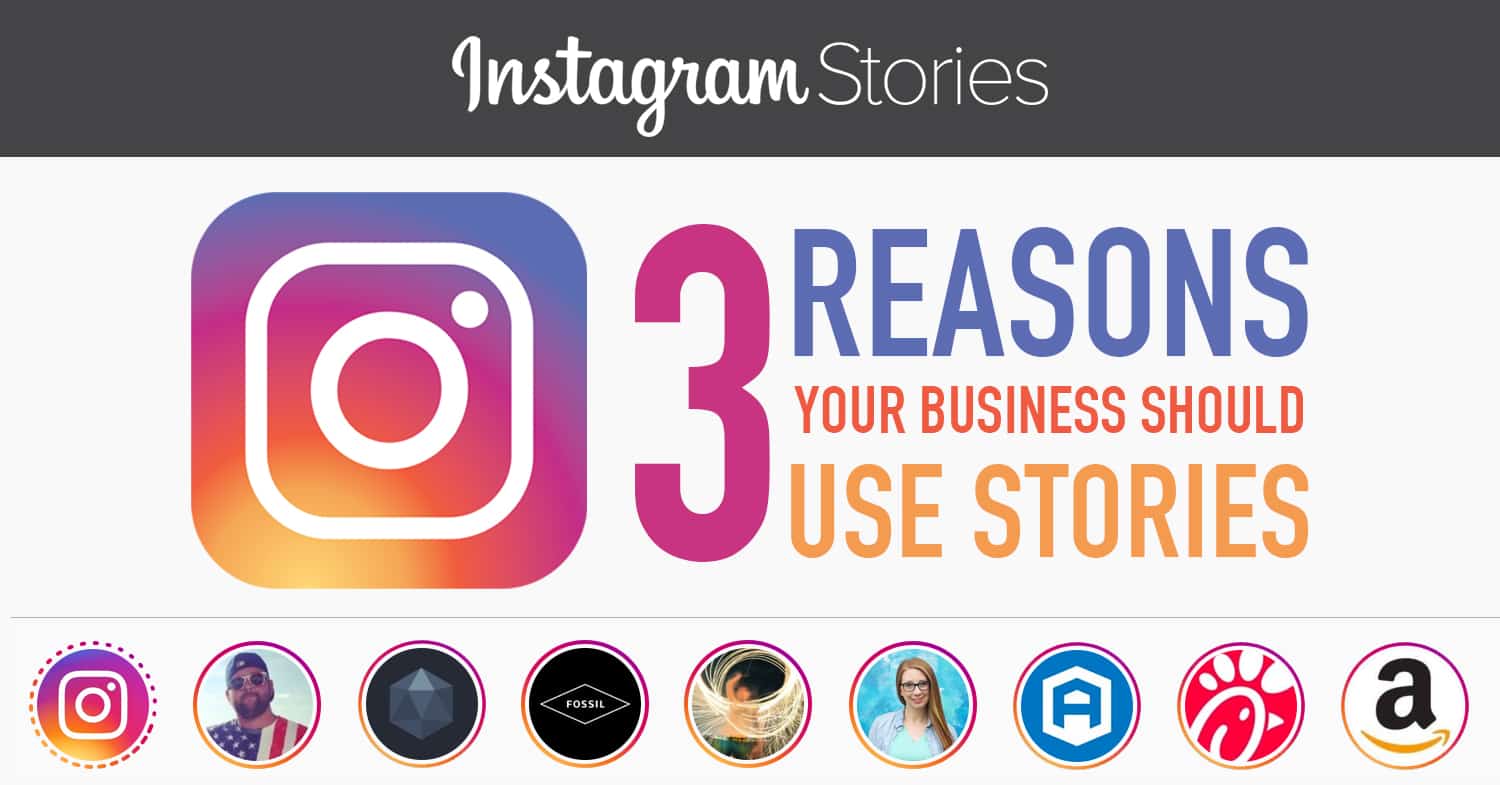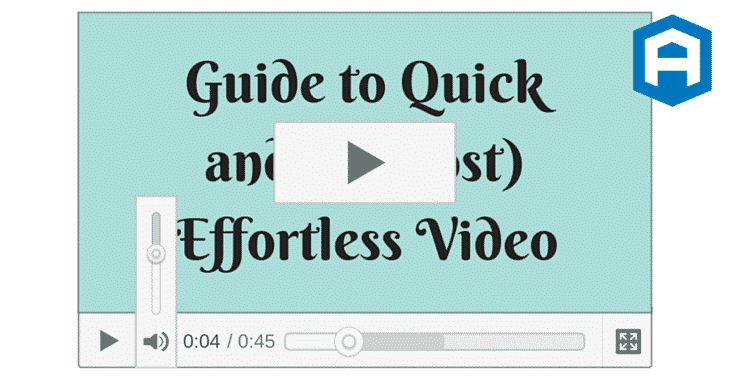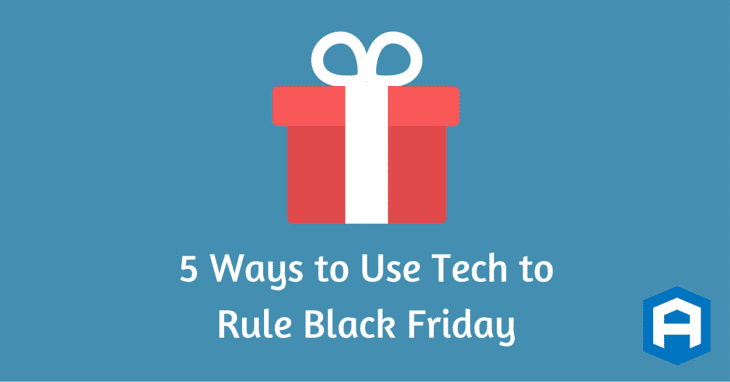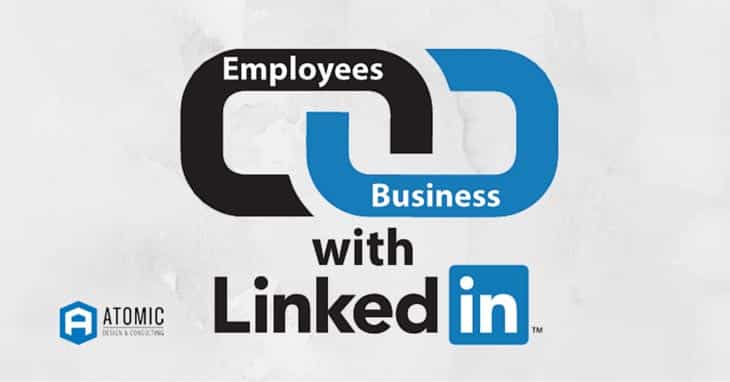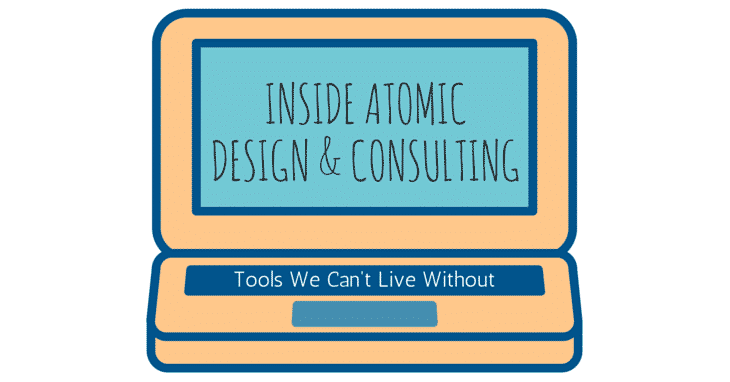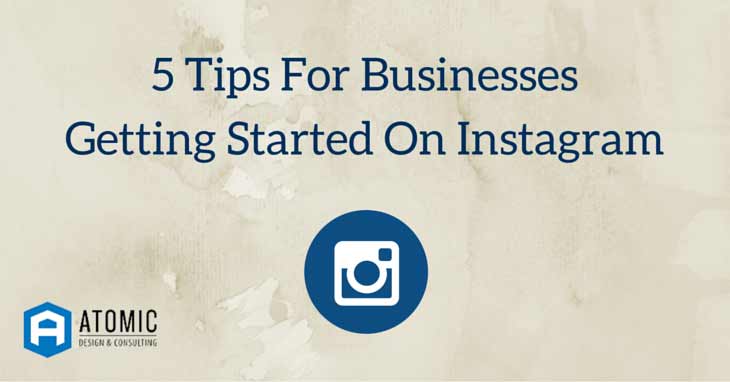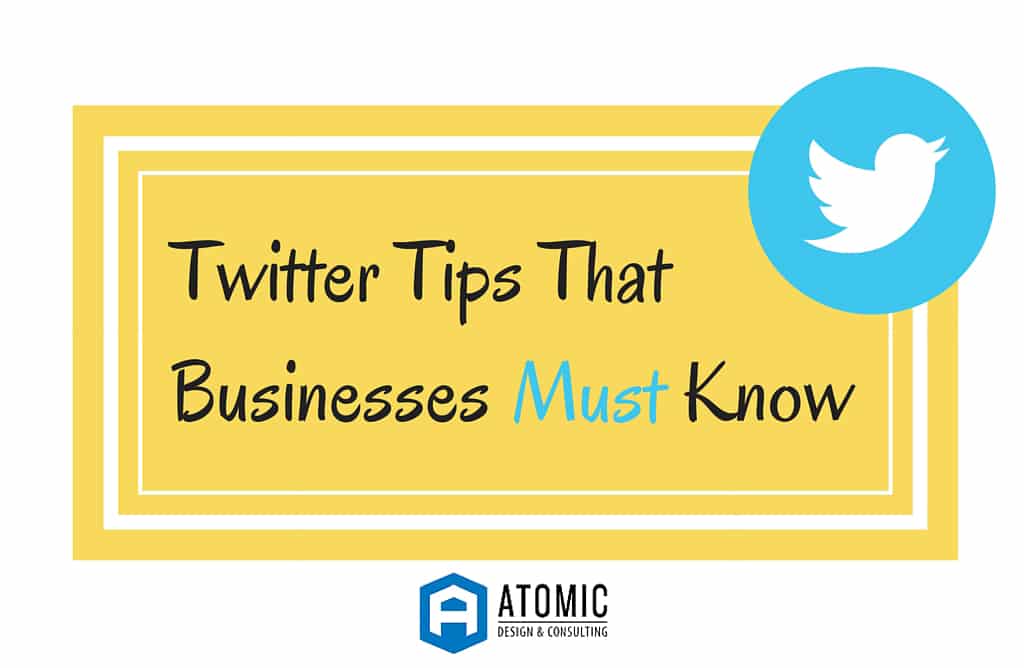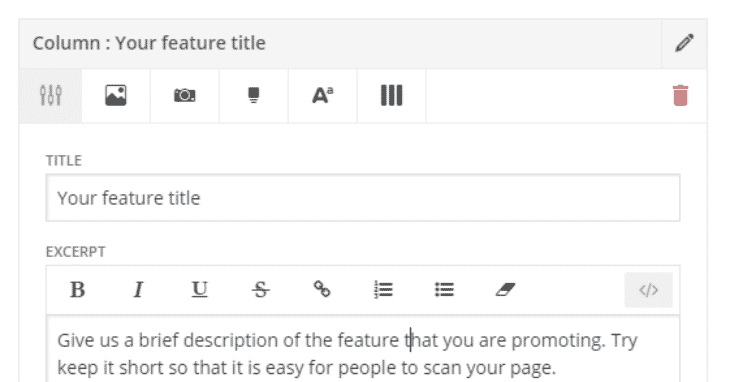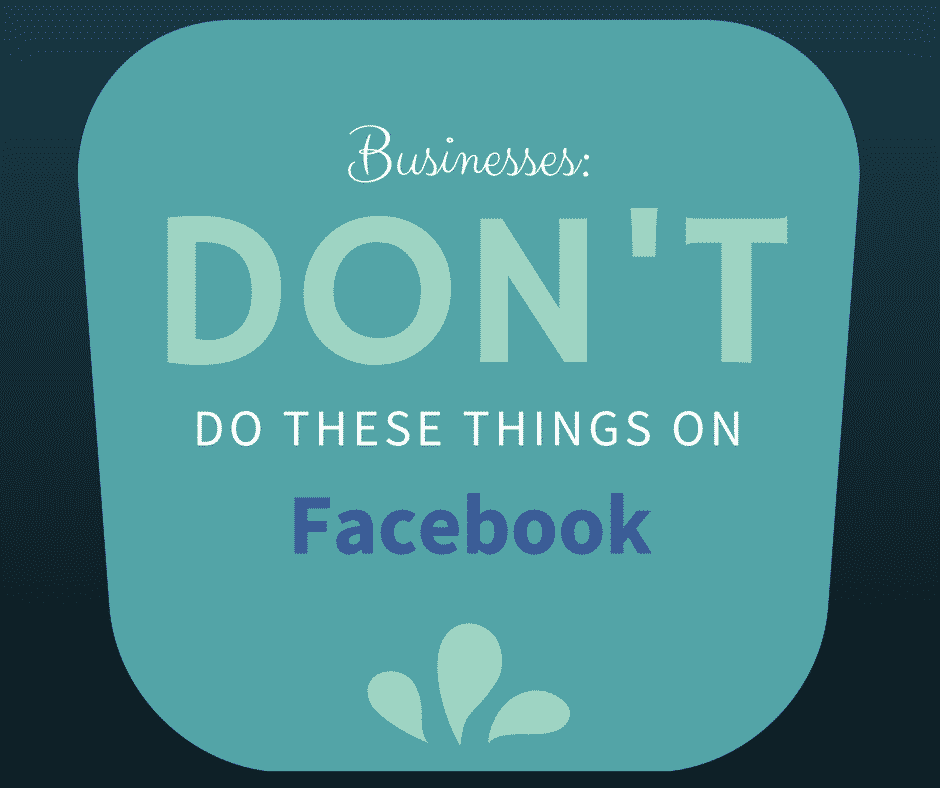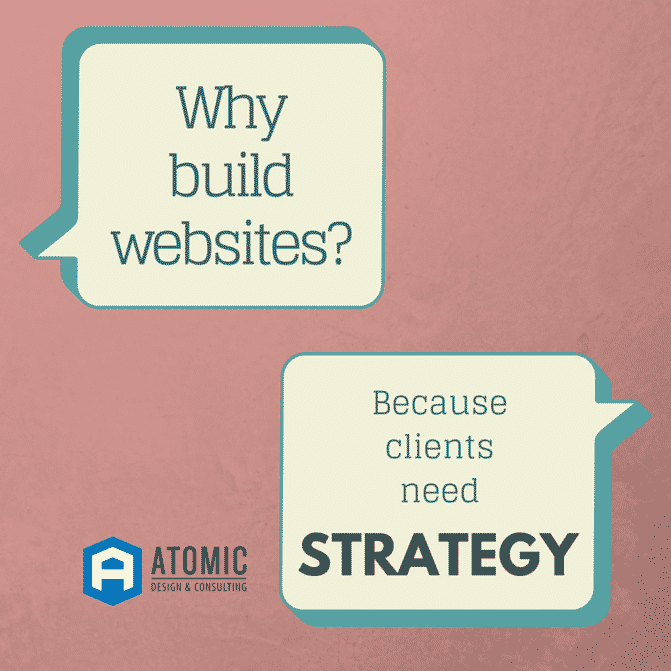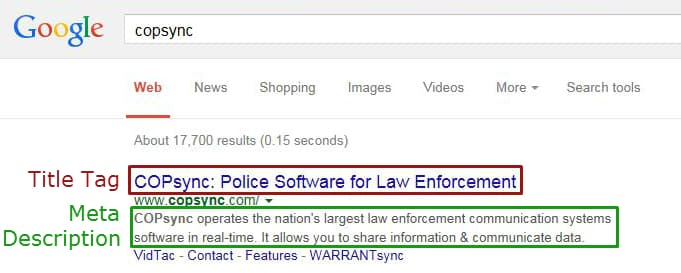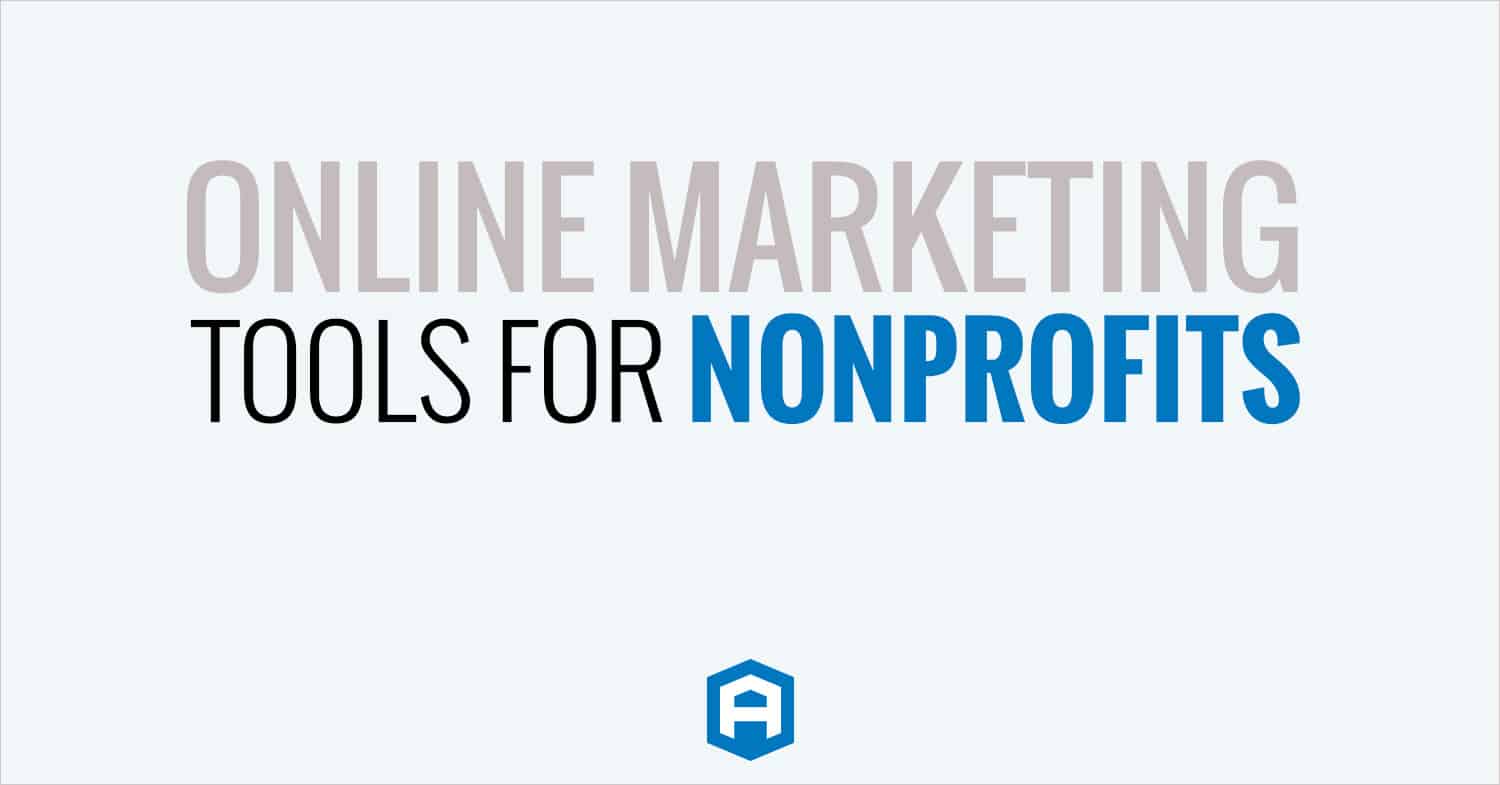
Are you making these post website launch mistakes?
Woohoo!! You launched your new site! Now what??
So you’ve invested in a rockin’ new website and ensured it has all the latest technology. Now you’re ready to mark Inbound Marketing off your checklist, right?… Wrong.
Every day we talk to so many business owners and marketers that think their website is a project a “set it and forget it” thing. That may be true with marketing materials like a brochure, but your website should be a living breathing extension of your brand that needs constant tending to scale with your business.
Here are a few mistakes companies make after launching their website.
Blogging comes to a complete stop.
Quitter quitter, chicken dinner. Just kidding. We totally get it. REALLY, we do. You hit the ground running and start with the best intentions to blog at least twice a week. Not to mention all the content creation and review you did just to get the website ready.
But as your workload increases, your blog production decreases. Before you know it, you have come to a complete stop.
The cornerstone to inbound marketing is blog writing. It is the most affordable resource a company has. HubSpot Fact: B2B marketers that blog generate 67% more leads than those that do not.
When you consistently publish blog content, you are reaching customers and prospects on a regular basis. Why? Your buyer needs to see your message, be reminded of the products or services you offer, and be reminded of specials / offers you have in place on a consistent basis. If you aren’t talking to them, someone else will be!
Additionally, you also want to bring in organic traffic to your site. Make sure you write articles targeting your top keywords and aim for quality posts with a manageable publishing frequency.
You became anti-social.
You really don’t like to tweet. You aren’t connecting with new people on LinkedIn. And, you’re too busy to post on Facebook. You keep asking yourself, “Is social media engagement necessary for my business?”.
Heck yes it is! The conversations that are taking place in Facebook groups, LinkedIn post comments, etc…—that is where you need to be. You don’t have to share what your team had for lunch or if you accidentally wore the same shirt as your co-worker (#twinning)!
However, you need to be a part of the bigger conversations online like which technologies are supercharging B2B companies, innovations in your vertical, or new regulations that may impact your sector.
And hey, guess what? These are also great ways to drum up blog content that is useful to share in those social conversations with people in your network. (Also, #winning.) Find questions people need answered, or topics everyone wants to discuss and go for it.
You stopped optimizing for search.
There are at least 2 trillion searches per year, 3.8 million searches per minute, 228 million searches per hour, 5.6 billion searches per day, and a kazillion searches per Netflix binge session. OK, we made that last one up, but pretty impressive, right?
The kicker is, 75% of users never go past page 2 of search results.

If you aren’t regularly optimizing your current site, publishing fresh content and generating links to your site then you can bank on staying beyond page 2.
Search engines like to see fresh content structured for SEO. Regularly publishing and structuring your site (and blog) content with quality page titles, meta descriptions, and keywords ensures that the bots that crawl your site will rank your content higher. Which leads us to our last point…
You don’t create any new content.
Say it with me, folks: a website is not a brochure. A brochure is not a website.
When you publish content and resources that attract people to your site—like videos, calculators, white papers, webinars, interactive maps, and other content—you provide unlimited ways for customers and prospects to learn more about your company and why they should choose you.
Creating and marketing value-added content—like a template that solves a pain point within the industry you are targeting—means a prospect is more likely to trade their contact information for the resource. Meaning they are added to your CRM for future selling efforts.
Blogging, social media, search engine optimization for organic traffic, and content creation are some of the most cost-effective inbound marketing efforts to drive lead generation. So take that awesome new website of yours, and put it to work!
Need Specific Help?
Interested in a specific topic? Review the topics below to get the info, news, and tips you need!

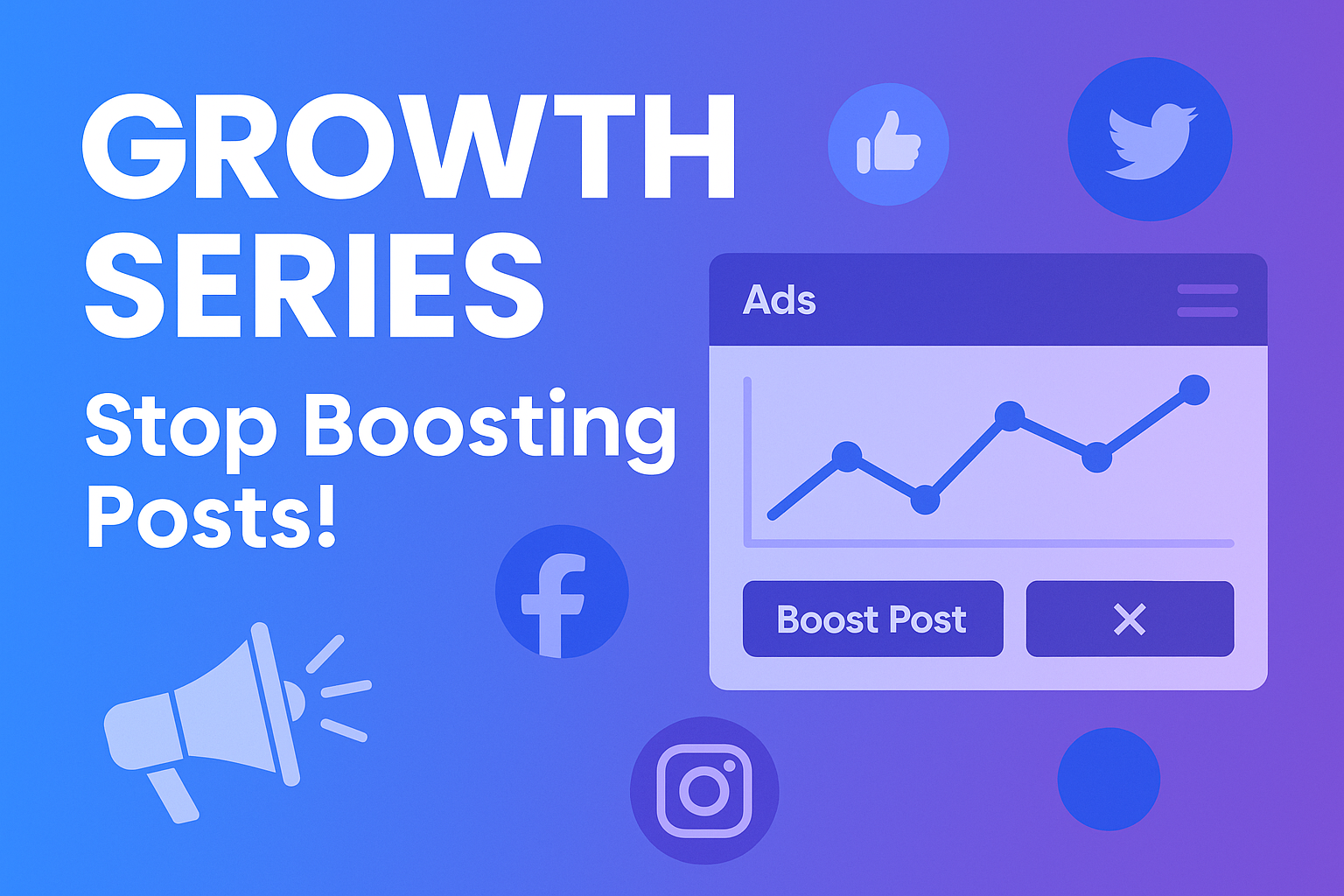
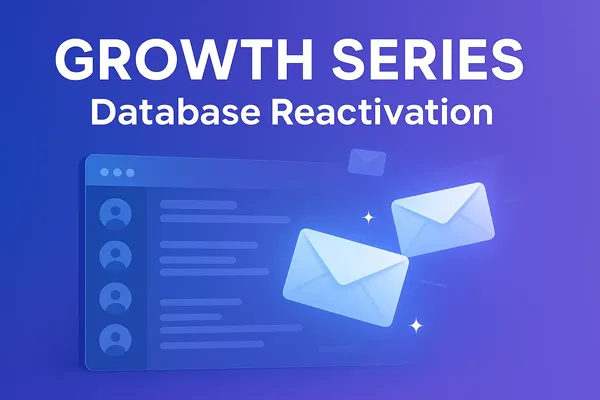
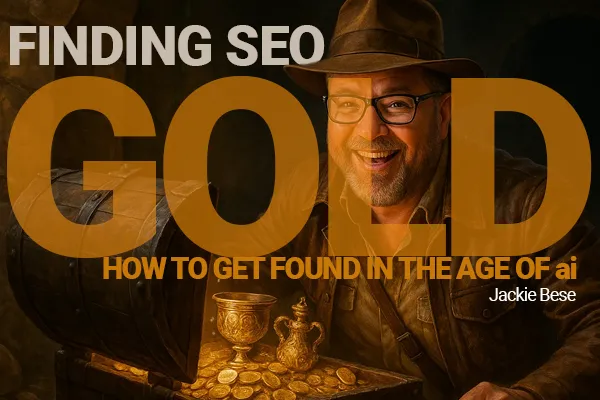




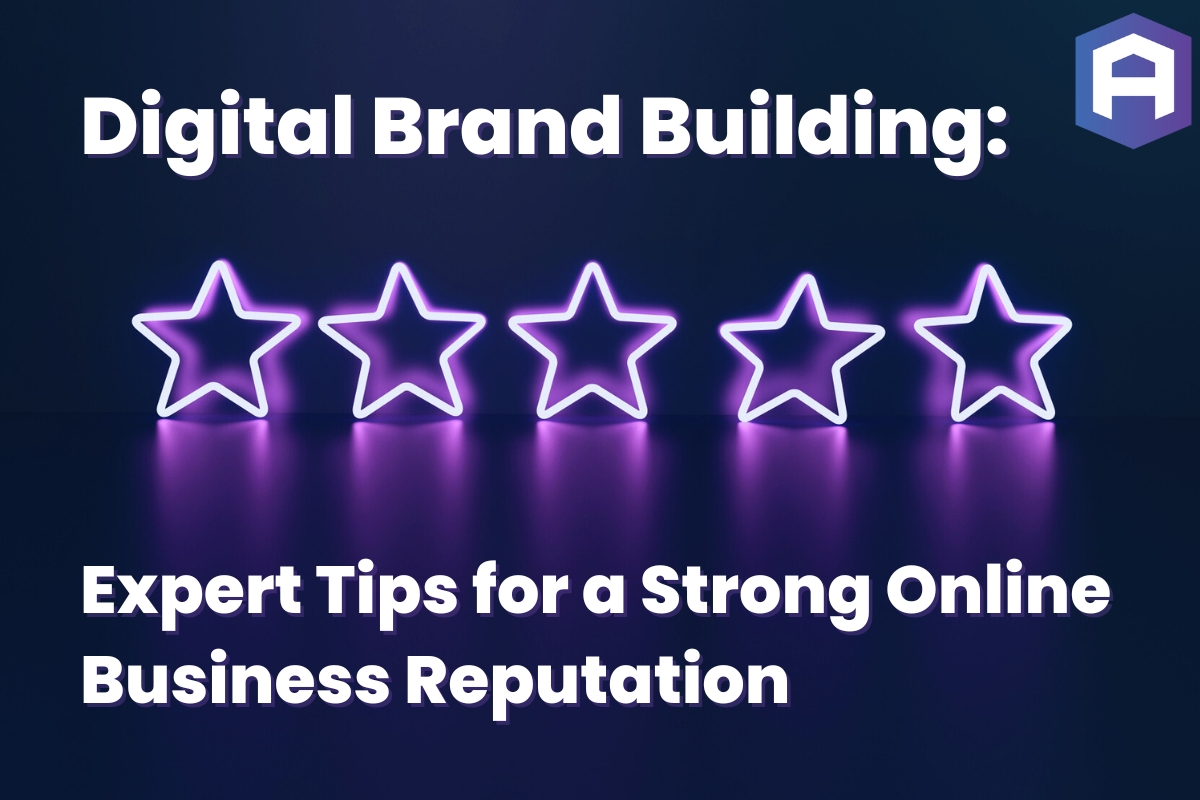



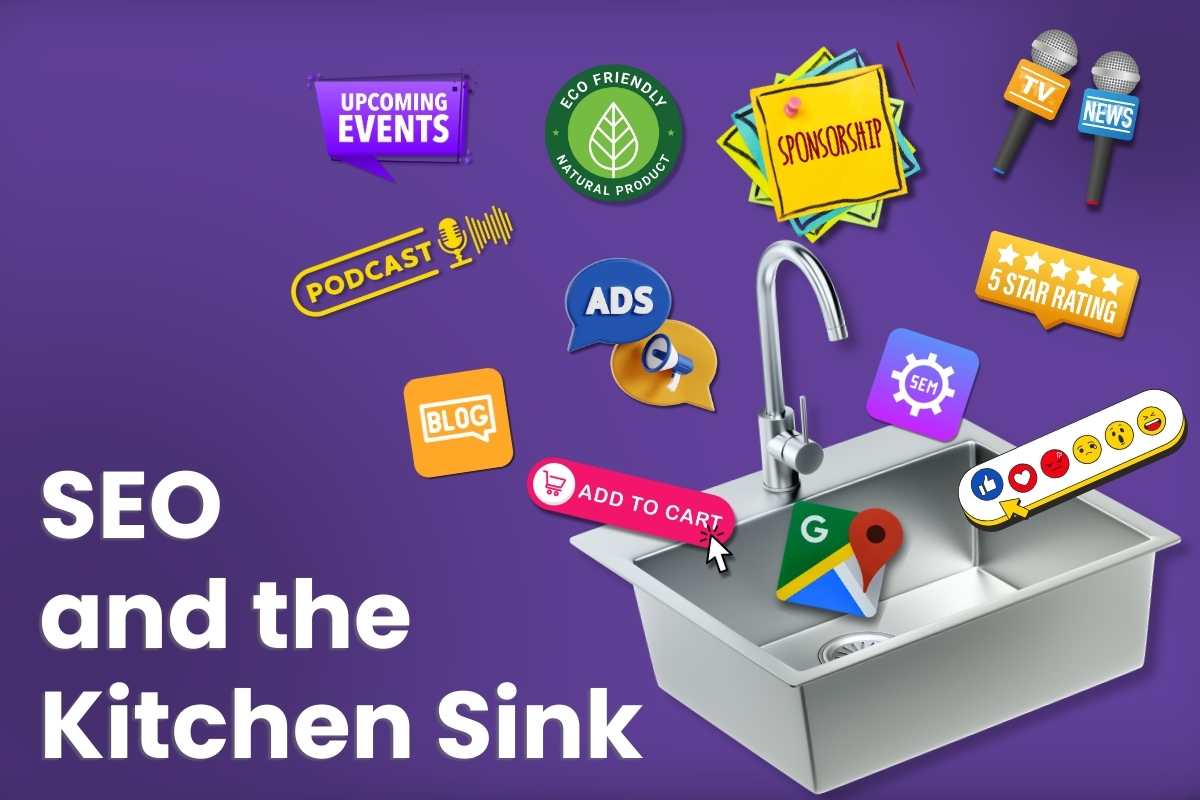



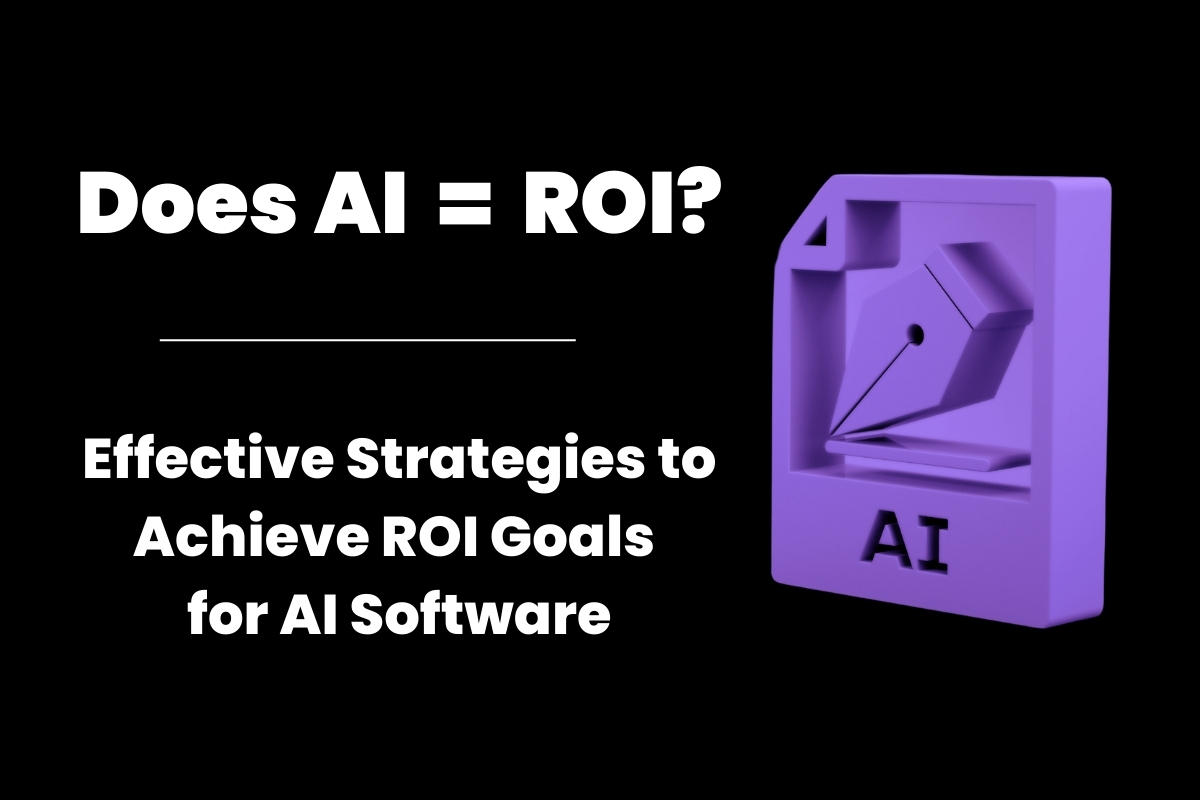

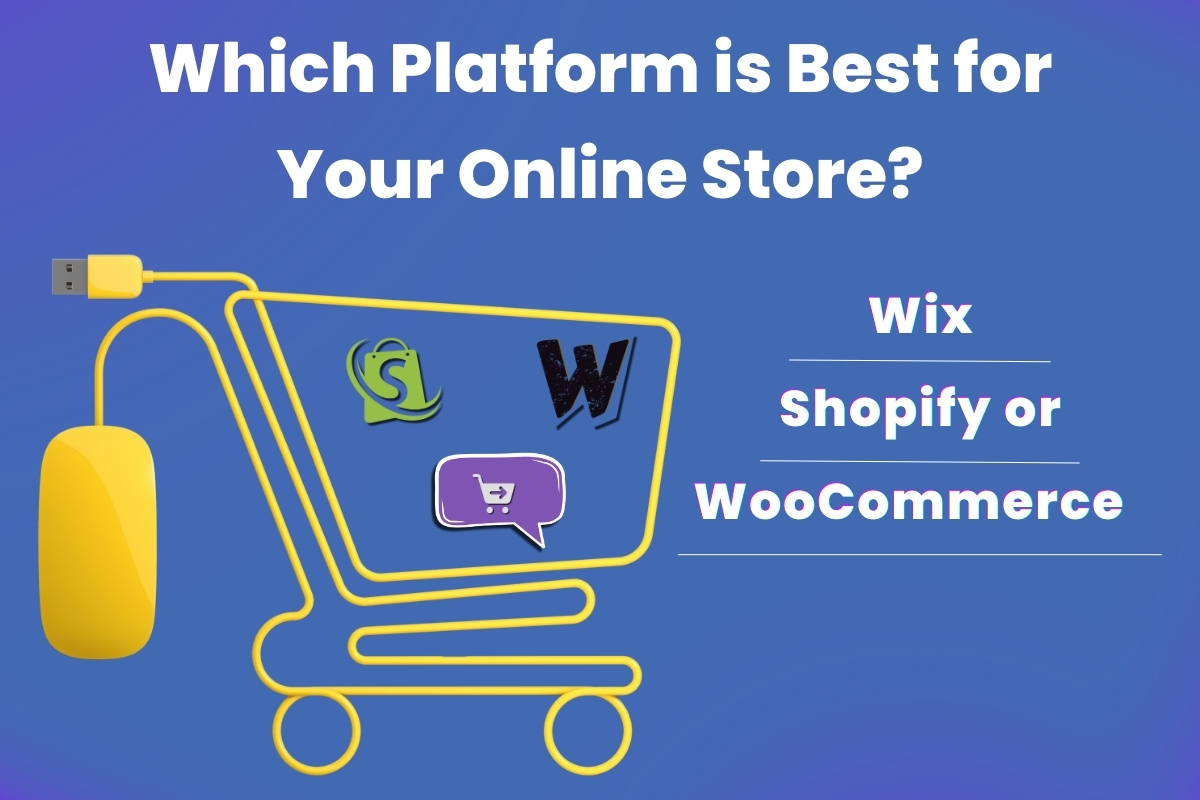

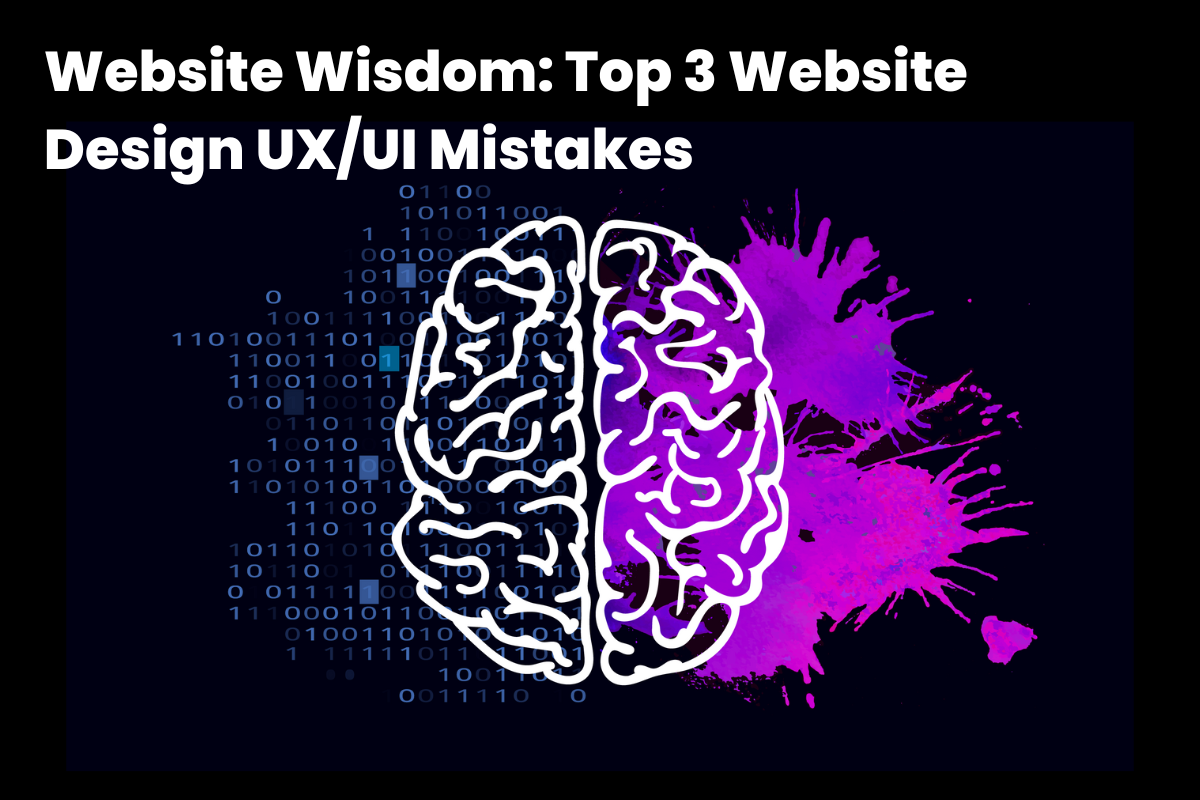
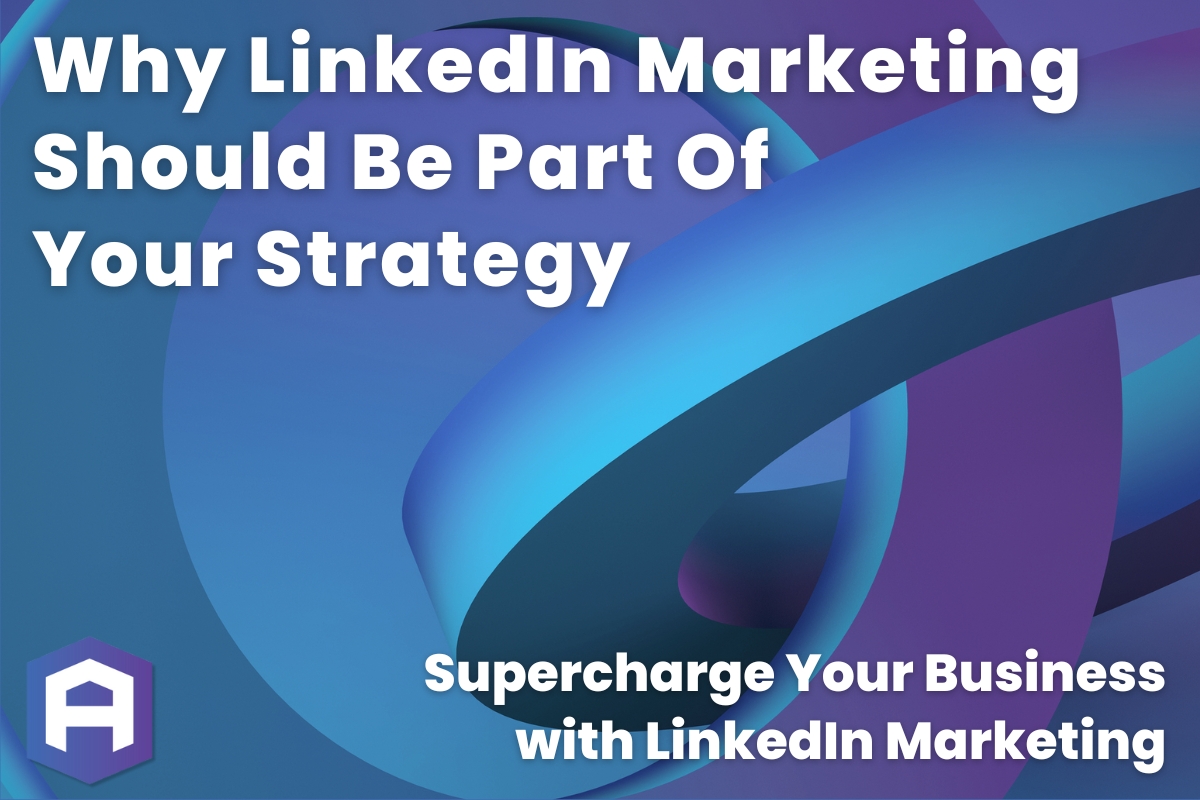

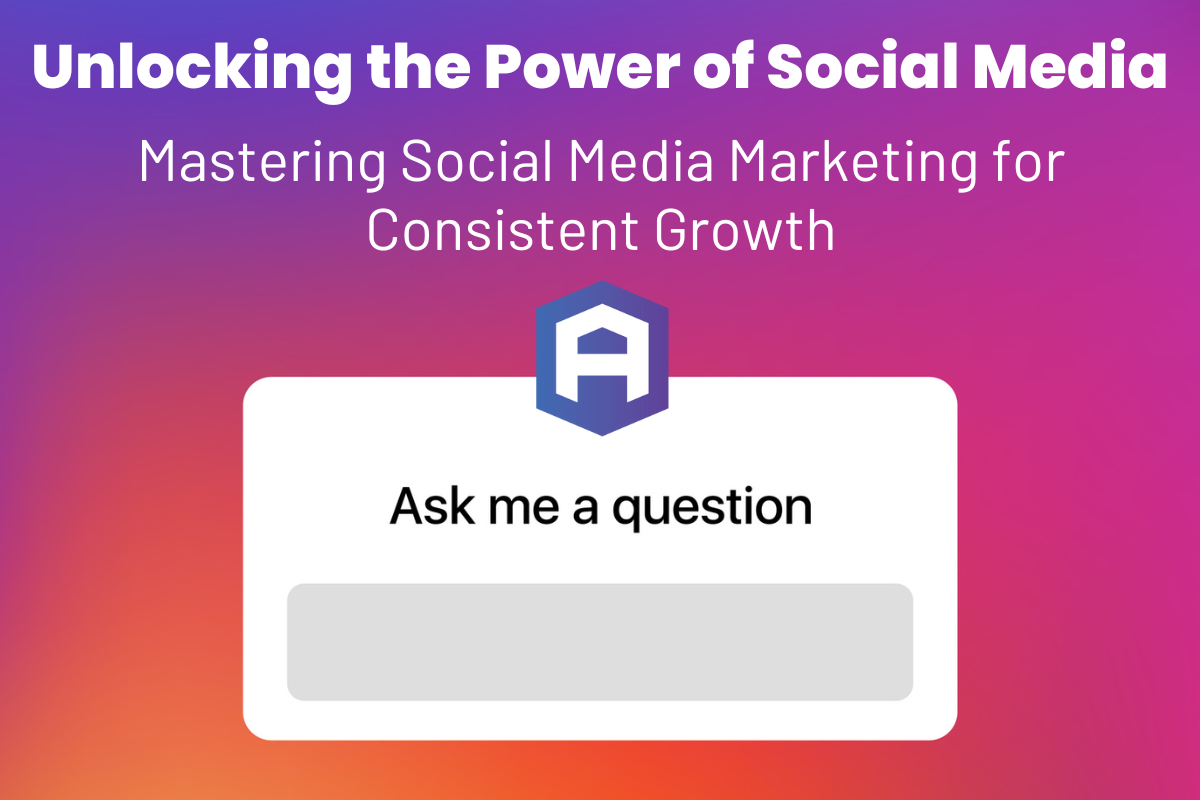

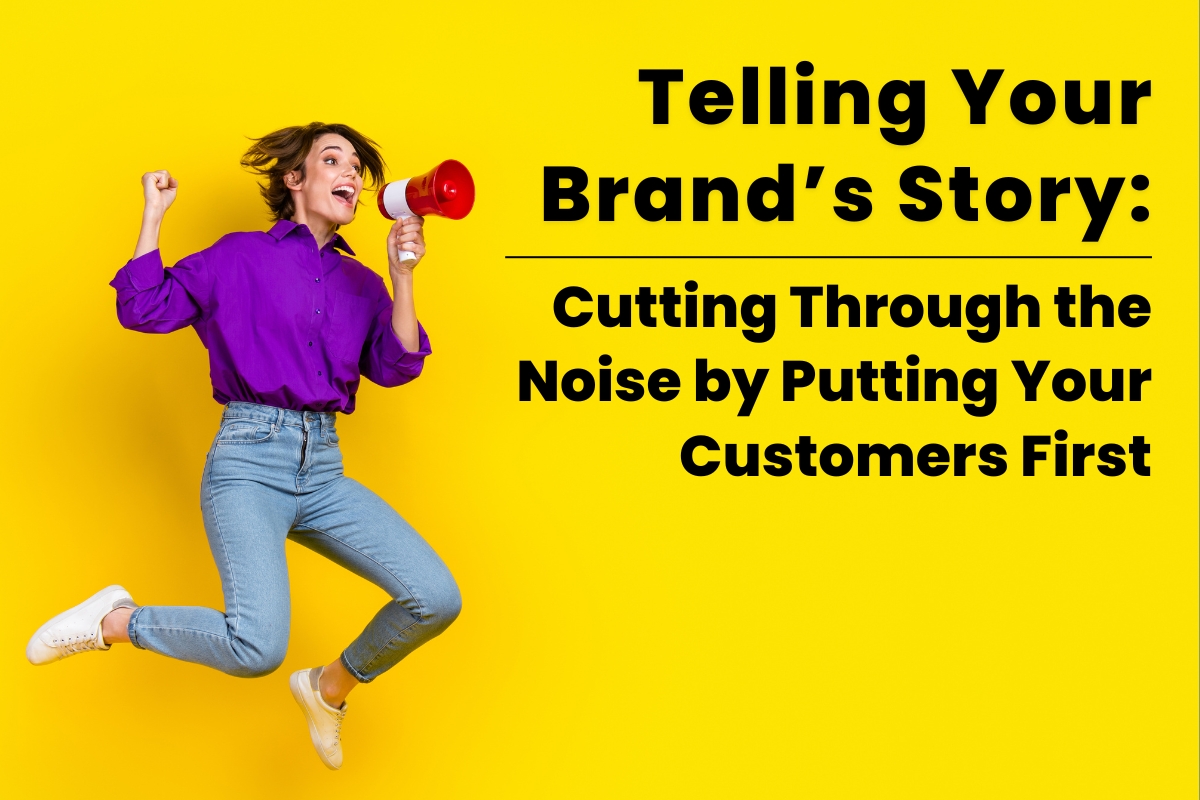
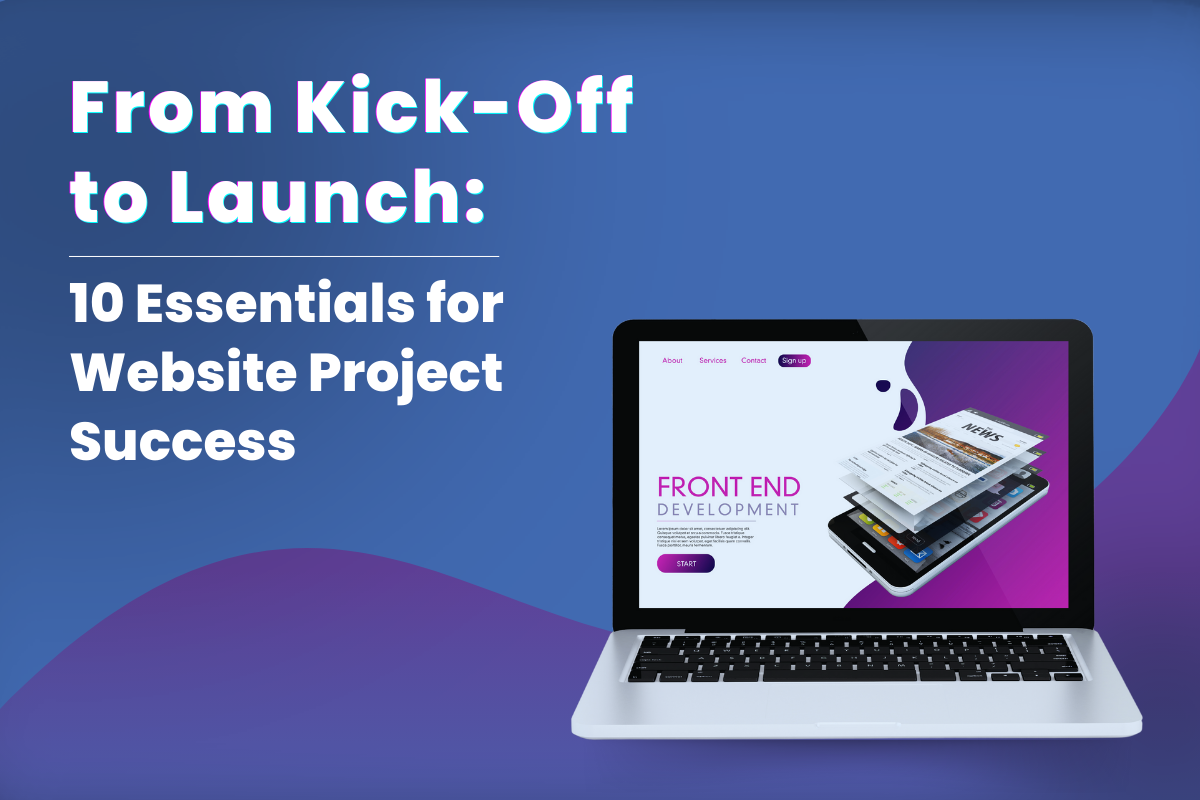

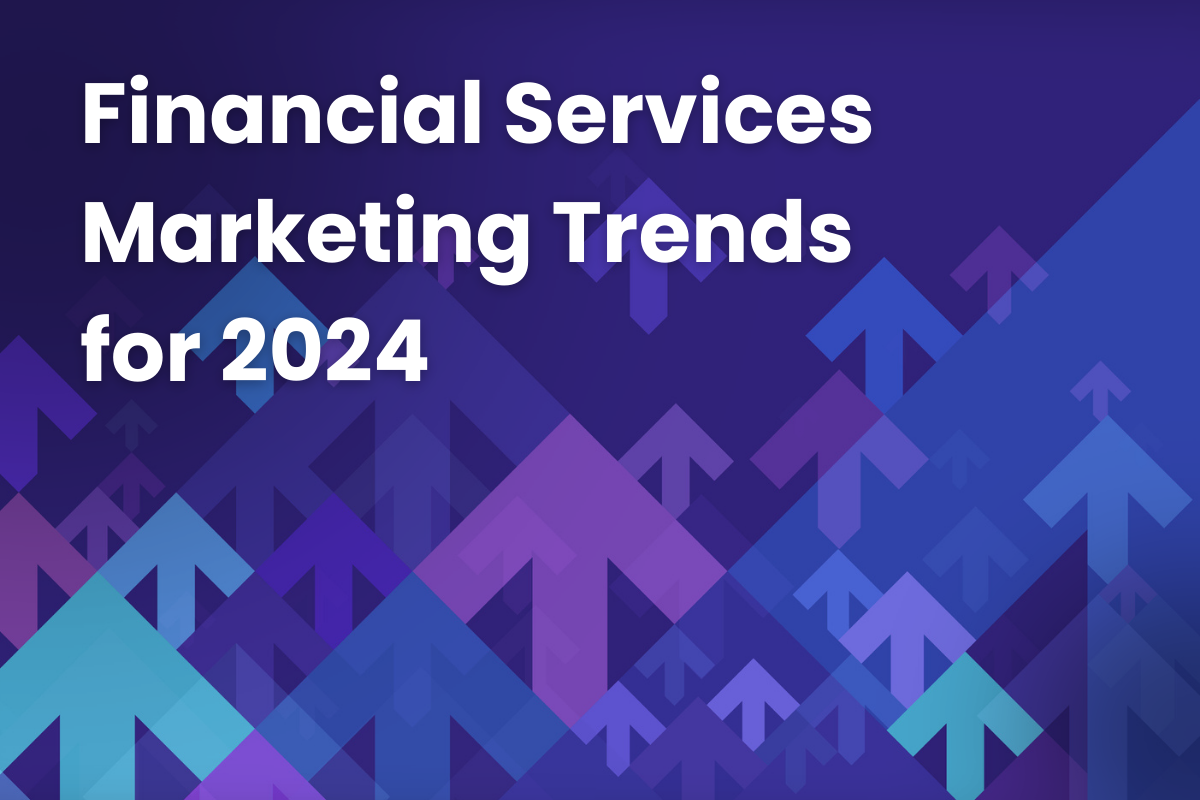
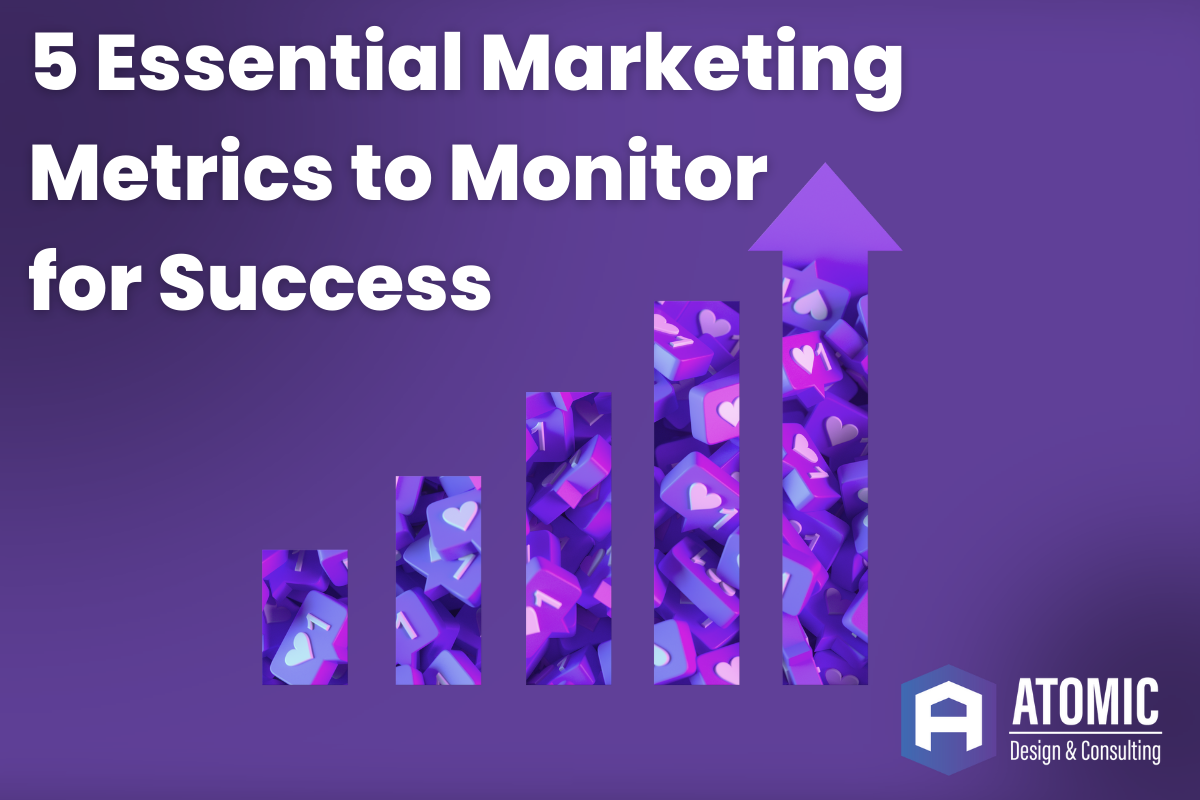

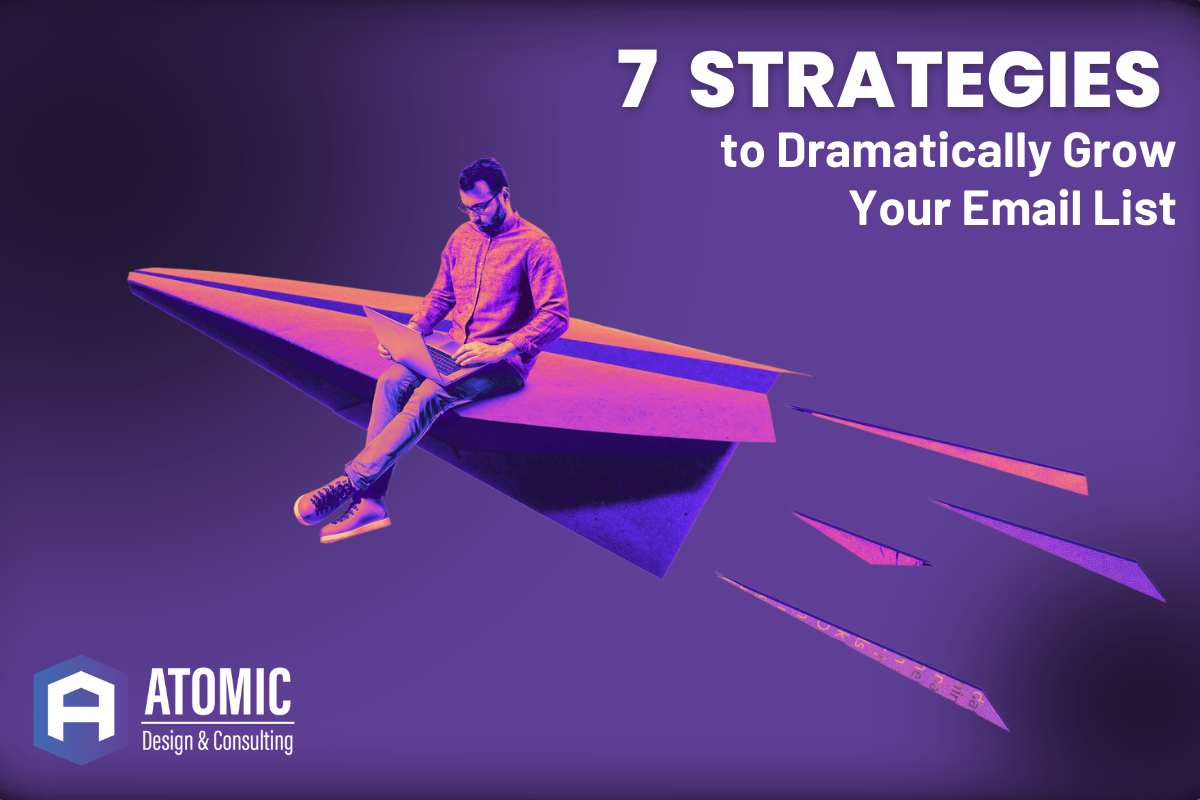



















![HubSpot Partner Day 2019 [Recap] 52 ADC partner day 1200x630 1](https://www.atomicdc.com/wp-content/uploads/2019/09/ADC-partner-day-1200x630-1.jpg)


![30 Awesome HubSpot Tools That Won’t Cost You a Dime [Free Inbound Marketing Tools] 55 30 hubspot tools that won't cost you a dime](https://www.atomicdc.com/wp-content/uploads/2019/06/ADC-30-hubspot-tools.jpg)


